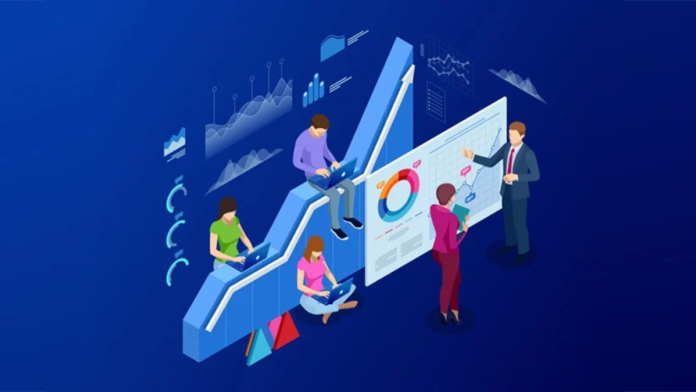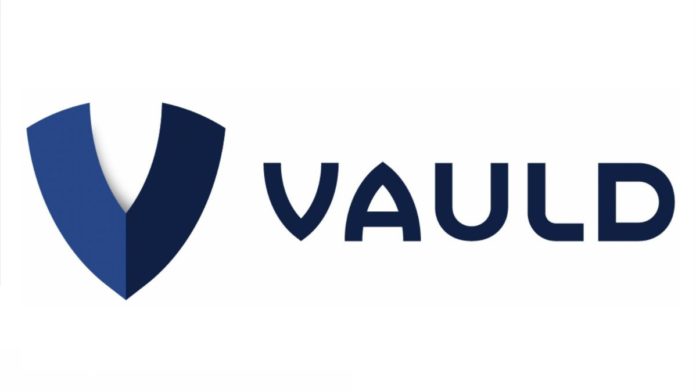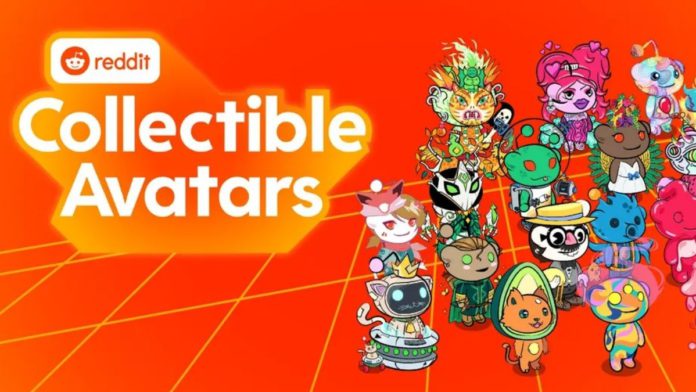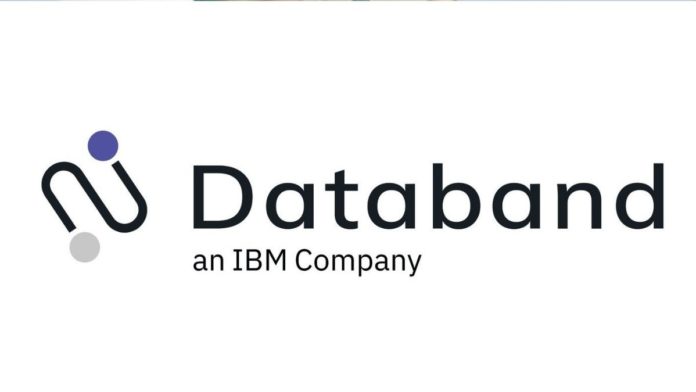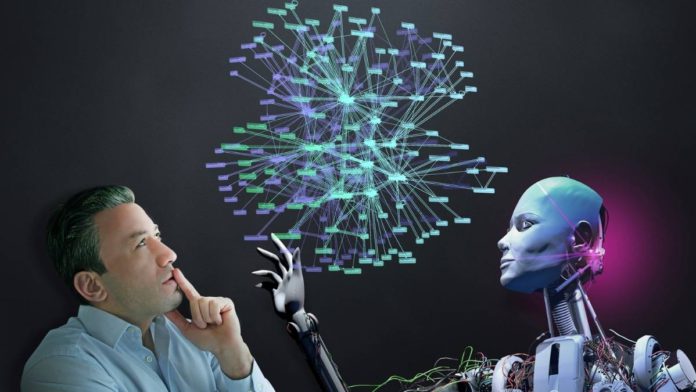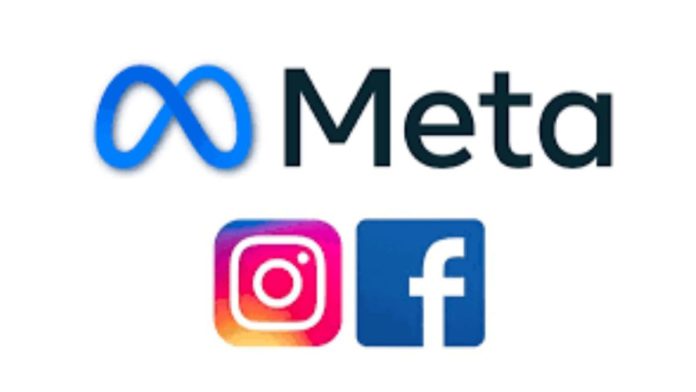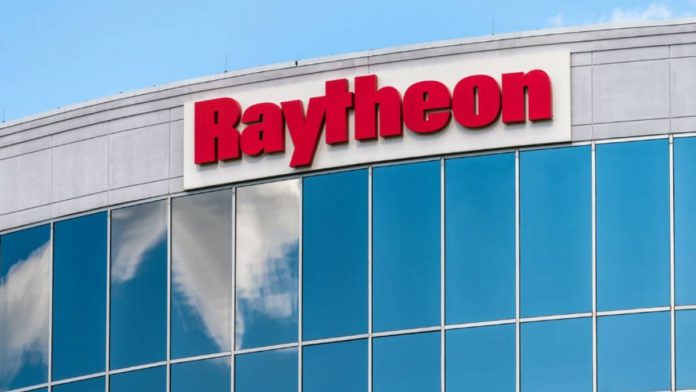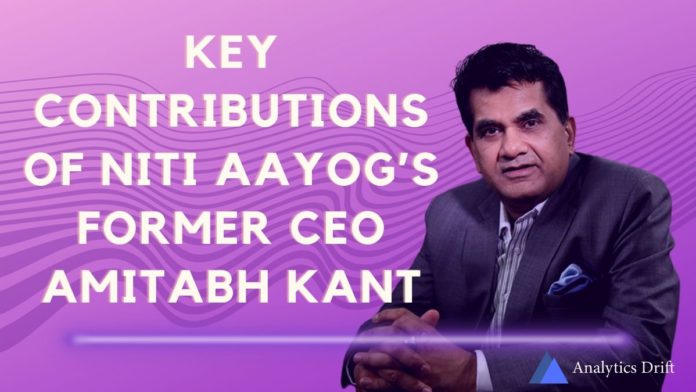With approximately 2.5 quintillion bytes generated daily, the need to understand and manage big data is also increasing. Companies collect data, process it, and derive meaningful insights on areas they can improve. Due to this, data science is one of the most popular skills in the present technology-driven world. 97.2% of the organization are currently investing in big data and data science, having data science skills becomes an advantage. Here is a list of seven free data science courses to master data science concepts:
- An Introduction to Data Science – Udemy
An Introduction to Data Science is one of the best free data science courses you can take if you are a beginner and want to start your journey in data science. Created by Kumar Rajmain Bapat, this course helps you visualize, play, and manage data efficiently. Through this Udemy course, you will understand the primary data science concepts. The course will go through the history behind data science. This course will give you a detailed and easy-to-follow road map to mastering data science and becoming a full-fledged data scientist. You will also learn about the applications of data science in various fields and the skills required to build a career in the data domain.
The course primarily focuses on essential aspects of data science like the difference between noise and data, types of graphs for data visualization, and more. As this is an introductory course, there are no prerequisites. The total duration of the course is 43 minutes, which is suitable for anyone interested in data science.
Link to the course: An Introduction to Data Science
- IBM Data Science Professional Certificate – Coursera
Offered by IBM, the Data Science Professional Certificate has ten data science free courses that will boost your career in data science and machine learning (ML). This certification will guide you in building basic data science skills such as understanding Python and Structured Query Language (SQL) to create advanced machine learning models. There is no prior experience or degree requirement for this course.
With this professional certification, you will be able to learn various data science skills that are the minimum requirements needed for a job in the data science field. You will work on multiple projects to create an impressive portfolio of your skills to showcase to employers.
This course is entirely online and will take approximately 11 months if you have a pace of four hours per week to complete. You can start instantly and learn concepts at your own pace and schedule; all the deadlines are flexible. Coursera courses are free to audit, but if you want access to graded assignments or gain a course completion certificate, you will have to pay.
You will study these modules, data science tools, python programming for data science, databases, SQL, data analysis, data visualization, machine learning, and artificial intelligence (AI) development using python. At the end of the certification course, you will have an applied data science capstone project to give you real-life experience of the role of a data scientist.
Link to the course: IBM Data Science Professional Certificate
Read more: Reddit Launches New NFT Avatar Marketplace for its users
- Introduction to Data Science – SkillUp
SkillUp by Simplilearn provides free data science courses for beginners to help them understand the basics of data science and how to become a data scientist in today’s world. The “Introduction to Data Science” course will guide you through the essential data science workflows, tools, and techniques you would need to start your career as a data science professional. Upon completion of the course, you will be able to do exploratory data analysis, descriptive statistics, model building, fine-tuning inferential statistics, ensemble learning, supervised and unsupervised machine learning algorithms.
The prerequisites for this course are a basic understanding of mathematics and programming concepts. However, at the beginning of this course, you will get briefed about the top five python libraries used for data science. The course will also provide details on data science job roles, required skills, salary range, and more. It will guide you on how to make an impressive data science engineer resume and prepare you for an interview.
This course is seven hours long, but you will have only 90 days of access to your free lesson. On completion, you will receive a completion certificate which you can include in your resume to stand out from your competitors.
Link to the course: Introduction to Data Science
- Intro to Data for Data Science – Udemy
Created by Mattew Renze, Intro to Data for Data Science is another good course for absolute beginners in data science. This course will provide insights into data and its importance. You will learn about the data lifecycle, from data collection to processing and analysis. The course is approximately one-hour-long; hence it is excellent for those who want a small introduction to data science to check if this is the right course for them.
There are no requirements for this lesson as it is an introductory course for data science beginners. This lesson will cover nominal, ordinal, interval, and ratio data. With examples, you will learn scalar and composite data types. The course will conclude with tabular data and related concepts like relationships, queries, variables, and observations.
Note that you will only be given the online video content and will not have access to the instructor Q&A. You cannot directly message the instructor if you want to clear your doubts. Once you have completed the course, you will not receive any certificate from Udemy.
Link to the course: Intro to Data for Data Science
- Data Science for Everyone – DataCamp
For those without coding experience, this course provided by DataCamp is a good choice. The Data Science for Everyone course is approximately two hours long and will answer all the questions you were afraid to ask about data science. Without writing one line of code, you will get hands-on exercises and go through concepts like A/B testing, machine learning workflows, and time series analysis.
The four chapters in this course will help you learn how data science quickly solves many real-world problems. In the first chapter, you will understand the different data science lifecycle processes and job roles in the data science domain, the workflow, and the data lifecycle. The second chapter will teach data collection, storage, and data pipeline automation. The next lesson is on preparation, exploration, and visualization of data and how to diagnose problems with your data. The last lesson consists of data experimentation, prediction, A/B testing, and forecasting. You will be briefed about machine learning workflows, clustering, and supervised learning.
Link to the course: Data Science for Everyone
- Data Science: R Basics – edX
Among the different software languages, R is extensively used for data science. If you want to kick-start your career in data science, then learning R is one of the essential requirements. Data Science: R basics by edX help build a strong foundation in R. Upon completing the course, you will be able to manage, analyze and visualize data efficiently. This introductory course is the first part of their professional certification program in data science. If you dedicate one or two hours a week, you should be able to complete this course approximately in eight weeks.
The course is created by Rafael Irizarry, professor of Biostatistics at Harvard University. This course teaches basic coding features like data types, vectors, indexing, arithmetic, and loop commands to sort, manage and analyze data. Further in the series, you will learn topics like probability, regression, inference, and machine learning algorithms. With R, you will use dplyr for data wrangling, ggplot1 for visualization, and UNIX/Linux for file organization.
Link to the course: Data Science: R Basics
- Become a Data Scientist – LinkedIn Learning
LinkedIn Learning is one of the best platforms for free learning resources on any domain. The data science free course has twelve sessions and consists of 20 hours of content. Learn about all the fundamentals of data science, from statistics to system engineering to data mining and machine learning. With these lessons, you will build a strong foundation in statistics and math, which is essential for any data science-related domain. Through graphs, you will be able to source, explore and interpret data easily.
The twelve courses cater to the non-technical skills and the technical skills you will have to develop to master data science. The lessons cover various fundamental topics of statistics and mathematics like standard deviation, probability distribution, central tendency, variability, and more. You will also learn about the relationship between big data and AI, the Internet of Things (IoT), data science, and social media. One of the free data science courses is dedicated to lessons learned from data scientists, which will give you insights and advice from current data scientists.
Link to the course: Become a Data Scientist
Conclusion
All these free data science courses are beginner-friendly and easy to follow. You can check out Kaggle, a data science and analysis website, for more resources. It has over 50,000 public datasets which you can practice and analyze. It even has short courses on essential data science skills like python, machine learning, pandas, NumPy, deep learning, and more. If you want to learn more about data science after completing an introductory course, you should do a professional certification course to enhance your knowledge.


